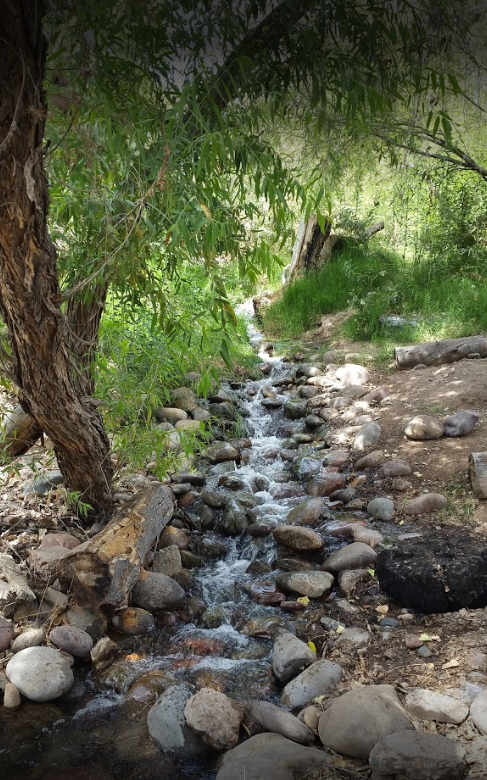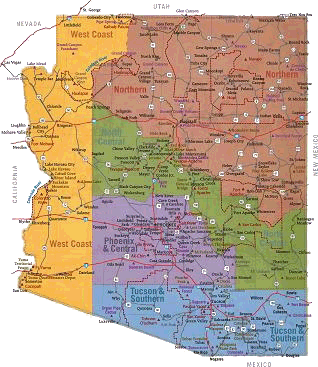Wildlife Viewing in May
Phoenix and Central Arizona
Rio Salado Habitat Restoration Area
Cinnamon teal, black-crowned night heron, black-necked stilt, common yellowthroat and Bendire’s thrasher are among more than 200 species confirmed at the Rio Salado Habitat Restoration Project along the Salt River and near central Phoenix. This area opened in 2005, and quickly earned a reputation amongst urban birders as a prime spot.
Rio Salado Habitat Restoration Area
641 W Lower Buckeye Rd, Phoenix, AZ 85003
(602) 262-6863
Open Daily from 5 am - 6pm
International Migratory Bird Day is celebrated in May and you’ll find events at the Hassayampa Preserve and Boyce Thompson Arboretum. You’ll find birds, too! Hassayampa visitors should look for willow flycatcher, yellow-billed cuckoo and blue grosbeak. If you’re at the Arboretum listen for western tanager, Bell’s vireo and yellow-breasted chat. Look for cliff chipmunk and rock squirrel families emerging from their burrows throughout the day. Busy rodent burrows also make this a great month to find Gila monsters! Don’t underestimate these slow-moving creatures, one of only two venomous lizards on the planet. Gila monsters feast on quail eggs and are known to raid rodent burrows, and can grow up to more than a foot long. Here’s another suggestion – drive up the Apache Trail (Route 88) and take a cruise on the Dolly Steamboat on Saguaro Lake; passengers see bighorn sheep frequently on cliffs overlooking the lake.
Gila Monsters
Northern Arizona
Brown Creeper
Around the White Mountains the resident and neo-tropical breeding birds are the forest’s primary vocalists. Listen for Cordilleran flycatcher, western wood-pewee, plumbeous and warbling vireo, western bluebird, mountain chickadee, pygmy and white-breasted nuthatch, band-tailed pigeon, northern flicker; also yellow-rumped, Grace’s and red-faced warblers. Walk the Springs Trail or the forest roads along Brown Creek outside of Pinetop, forest roads surrounding Greens Peak, and any other trail or road that takes you through ponderosa pine habitat. Throughout the high contry, look for violet-green swallows inhabiting large snags (standing dead trees), and listen for the faint trill of the brown creeper as it unobtrusively sneaks up trees, plucking insects from cracks in the thick plates of pine bark.
Tucson and Southern Arizona
Mountain canyons teem with nesting species as elegant trogons and other colorful breeders arrive. Hummingbird diversity and numbers grow as feeders everywhere host large numbers of several species. Red-faced warblers and yellow-eyed juncos are common and tame in the lush conifer forests atop Mt. Lemmon. Riparian corridors along Nogales and Patagonia near the Mexican border host nesting thick-billed kingbirds and rose-throated becards. This is also the best time for rare Mexican vagrants like flame-colored tanager. Dragonflies can be equally colorful – and are often easier to find and photograph than birds. Bright orange flame skimmers patrol ponds, pools and standing water in agricultural drainages, often competing with blue-eyed darners who also hunt smaller, slower insects over water. Night-flowering cacti and yuccas offer a chance to seek nectar-feeding bats such as the lesser long-nose, which is an important pollinator for organ pipe cacti. If you’re exploring a wet mountain canyon and hear what sounds like a bleating goat or sheep, it might be a canyon tree frog; listen for these along creeks, pools and streambeds during May and June.
















